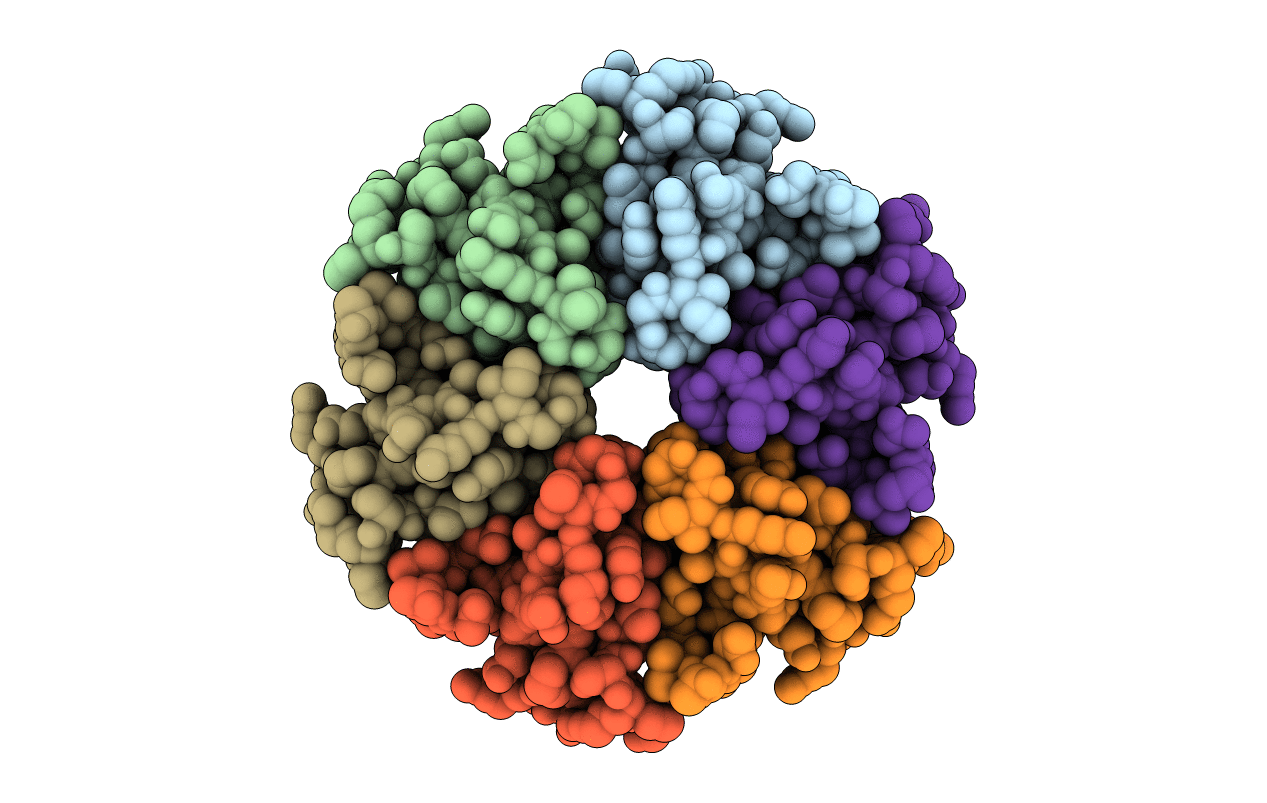
Deposition Date
2003-03-06
Release Date
2003-07-24
Last Version Date
2023-12-13
Entry Detail
PDB ID:
1HK9
Keywords:
Title:
Crystal structure of the Hfq protein from Escherichia coli
Biological Source:
Source Organism:
ESCHERICHIA COLI (Taxon ID: 562)
Host Organism:
Method Details:
Experimental Method:
Resolution:
2.15 Å
R-Value Free:
0.26
R-Value Work:
0.20
R-Value Observed:
0.20
Space Group:
P 61


